The Science Behind Why Cats Love Boxes: Understanding Feline Behavior
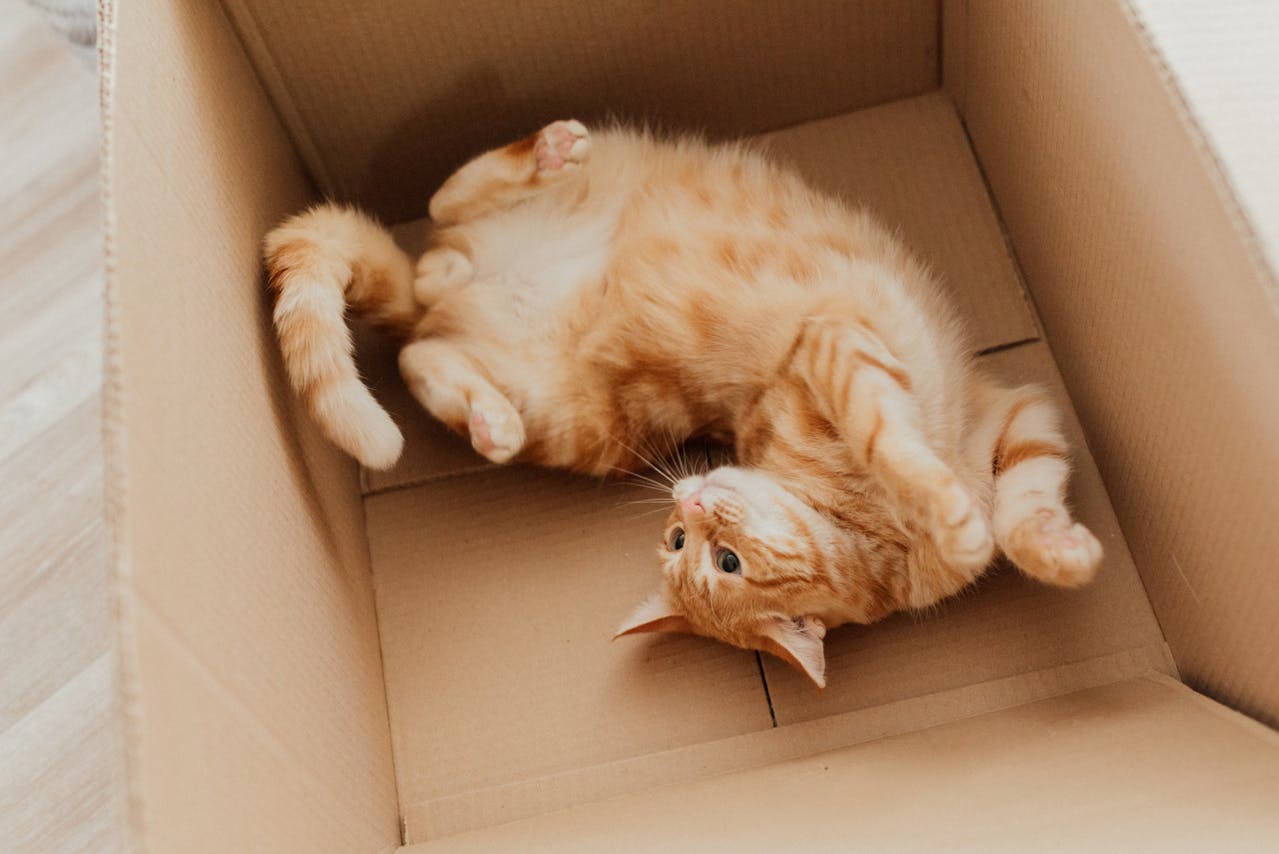
Cats are known for their quirky behaviors, and one of the most endearing—and puzzling—of these is their love for boxes. Whether it’s a cardboard shipping container or a small decorative box, many cats seem irresistibly drawn to these seemingly mundane objects. Observing a cat happily nestled inside a box often leaves us wondering: why do they do this? The answer lies in a combination of evolutionary instincts, behavioral traits, and sensory preferences. In this article, we will explore seven key factors that explain why cats love boxes and what this behavior reveals about their nature.
1. The Instinct to Hide and Ambush
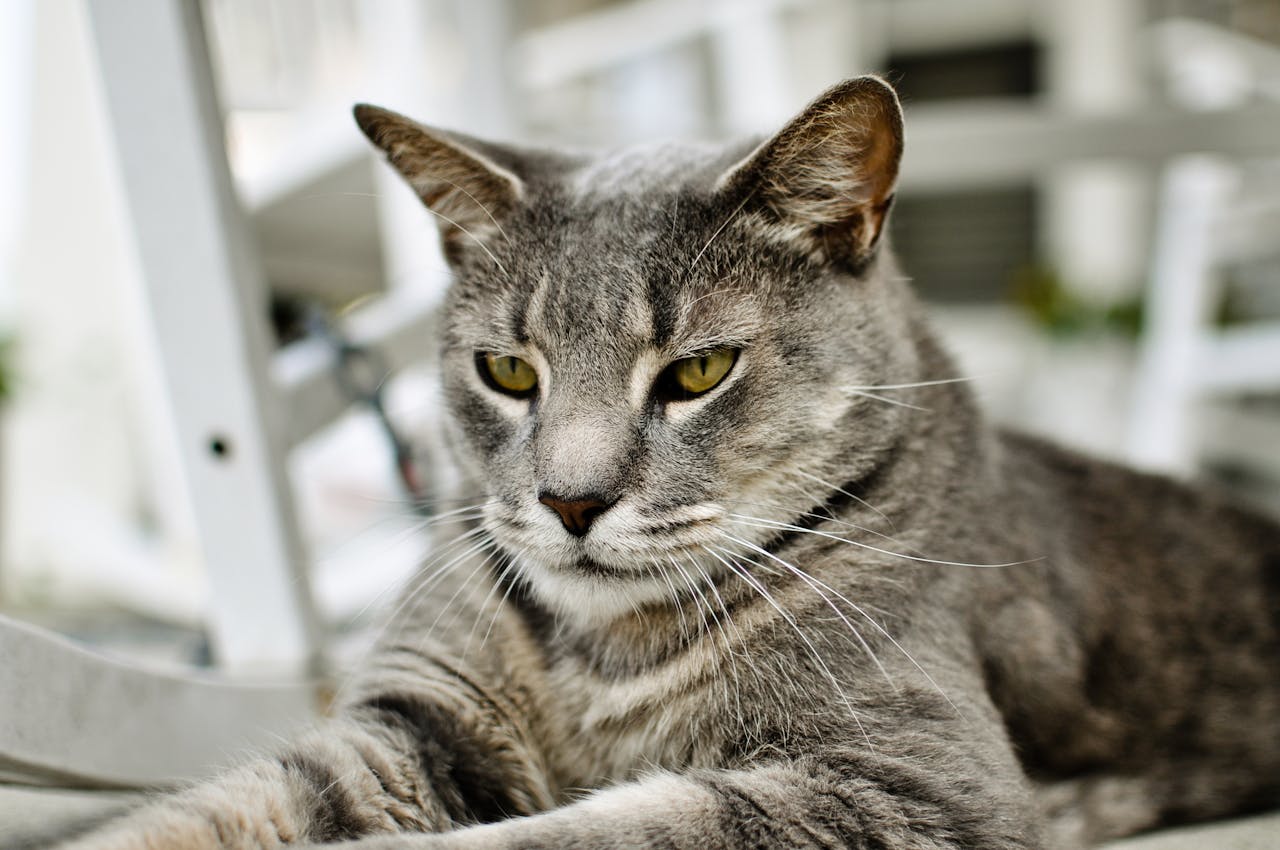
Cats are natural predators, and their instinctual behaviors are rooted in their wild ancestry. In the wild, cats often seek out small, enclosed spaces where they can hide from predators or stalk their prey. Boxes provide a sense of security, allowing cats to feel safe while also offering a vantage point for observation. This behavior is deeply ingrained; even domestic cats retain the instincts of their ancestors. When they climb into a box, they are channeling their instinctual desire to hide and ambush, making boxes a perfect sanctuary for exploration and play.
2. Comfort and Security
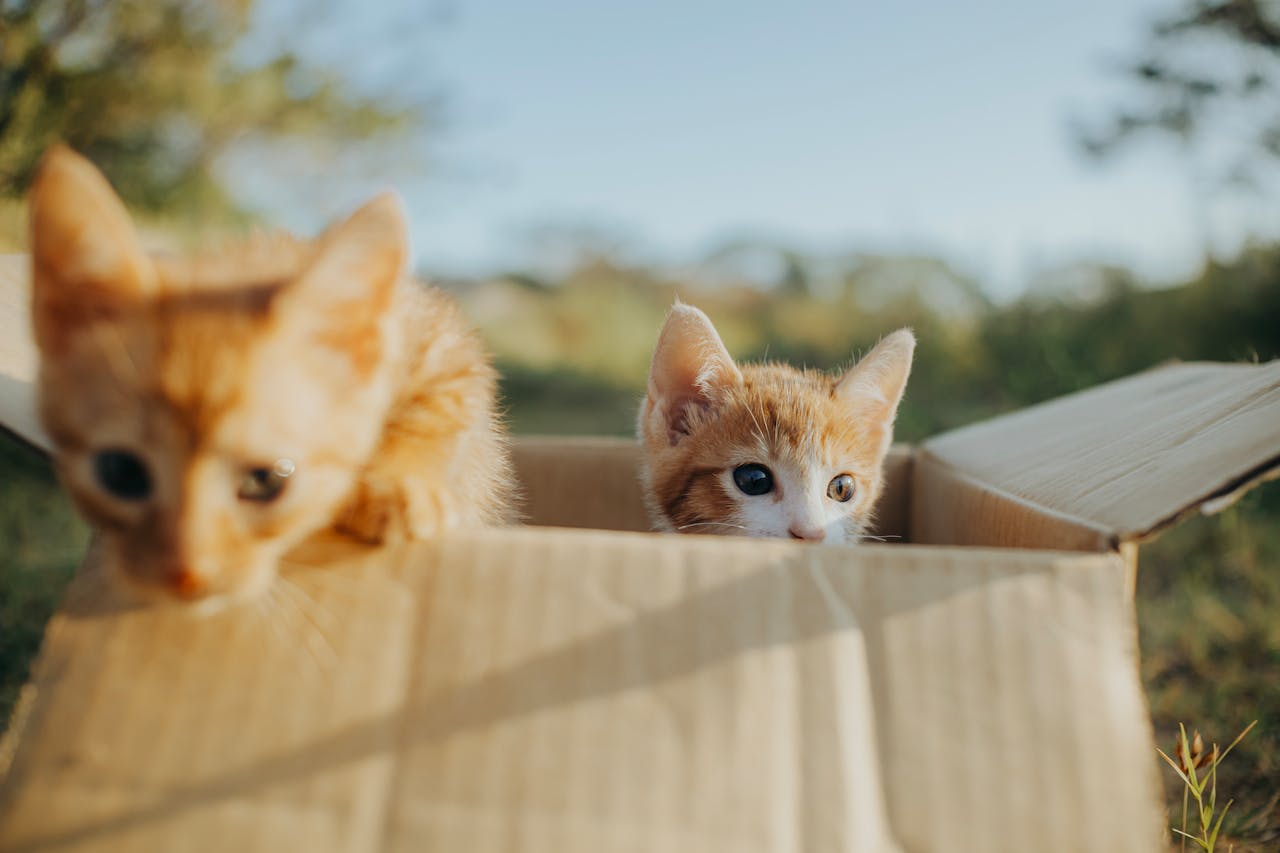
Boxes offer a cozy retreat for cats, providing them with a sense of comfort and security. The enclosed space of a box can help reduce stress and anxiety, which is particularly beneficial in a household with multiple pets or busy environments. When cats feel overwhelmed, they often seek out hiding spots to escape stimuli and recharge. Research has shown that providing cats with hiding places, like boxes, can lead to reduced stress levels and improved overall well-being. By creating a secure environment, boxes serve as safe havens where cats can relax and feel protected.
3. Temperature Regulation
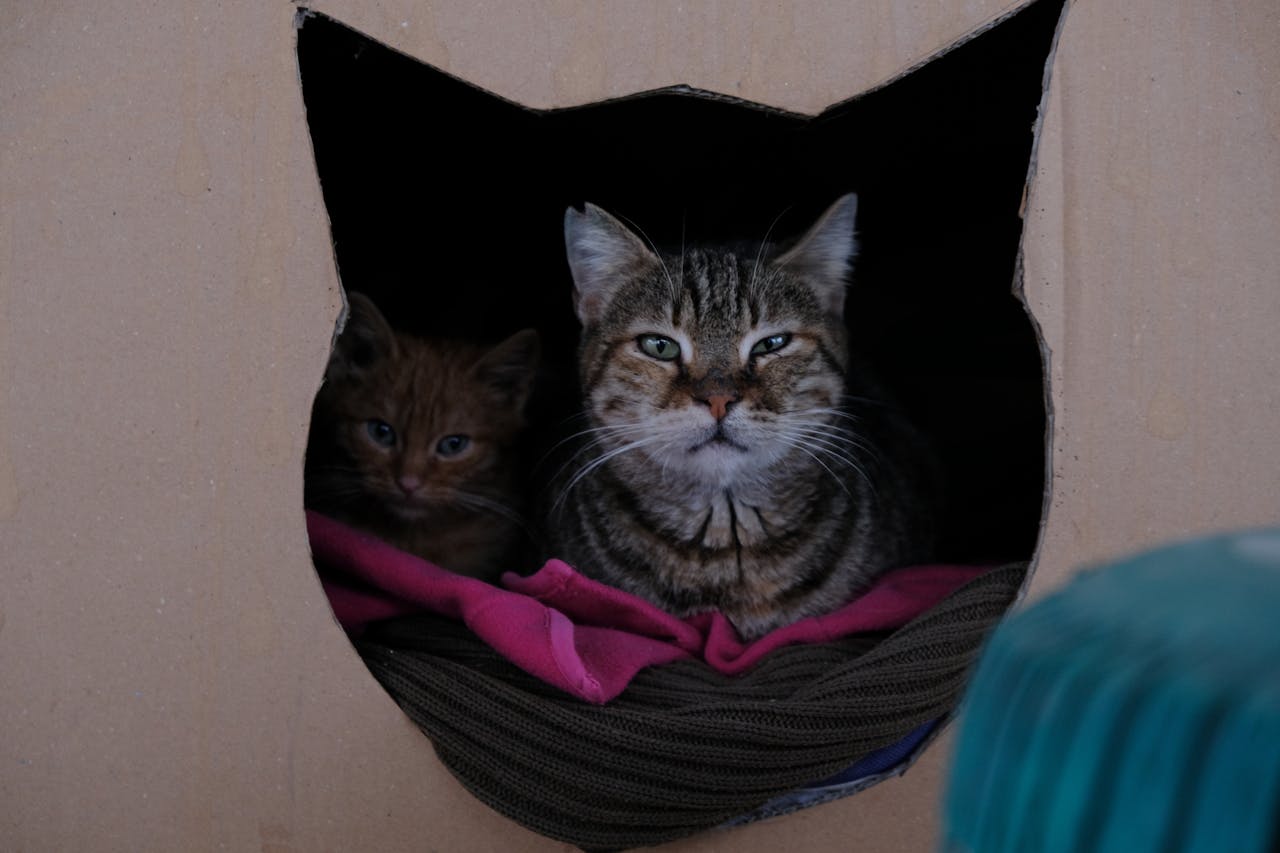
Cats are known for their preference for warmth, and boxes can help them maintain a comfortable body temperature. The enclosed space of a box can create a microenvironment that retains heat, making it an appealing spot for cats to curl up. Additionally, cardboard has insulating properties, which can provide a cozy refuge during colder months. When cats seek out boxes, they are instinctively choosing a location that offers warmth and comfort. This behavior reflects their natural tendencies and highlights their desire for an optimal living environment.
4. Curiosity and Exploration
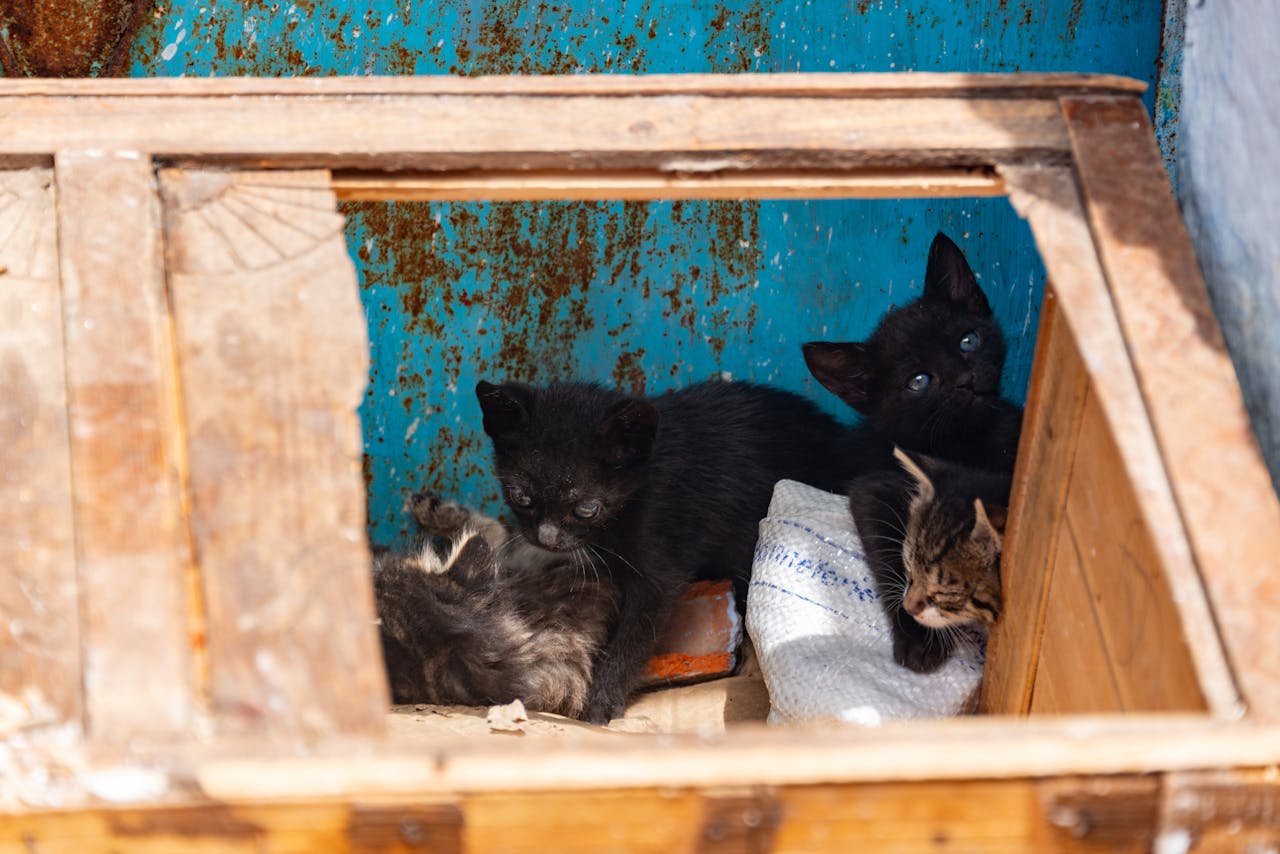
Cats are inherently curious creatures, and their exploration instincts drive them to investigate new objects and environments. Boxes are intriguing because they introduce a novel element into their surroundings. The act of climbing into a box stimulates their sense of curiosity, prompting them to explore the texture, smell, and space within. This exploratory behavior is not only entertaining for cats but also crucial for their cognitive development. Engaging with boxes allows cats to exercise their minds and bodies, keeping them mentally stimulated and entertained.
5. A Playground for Playfulness
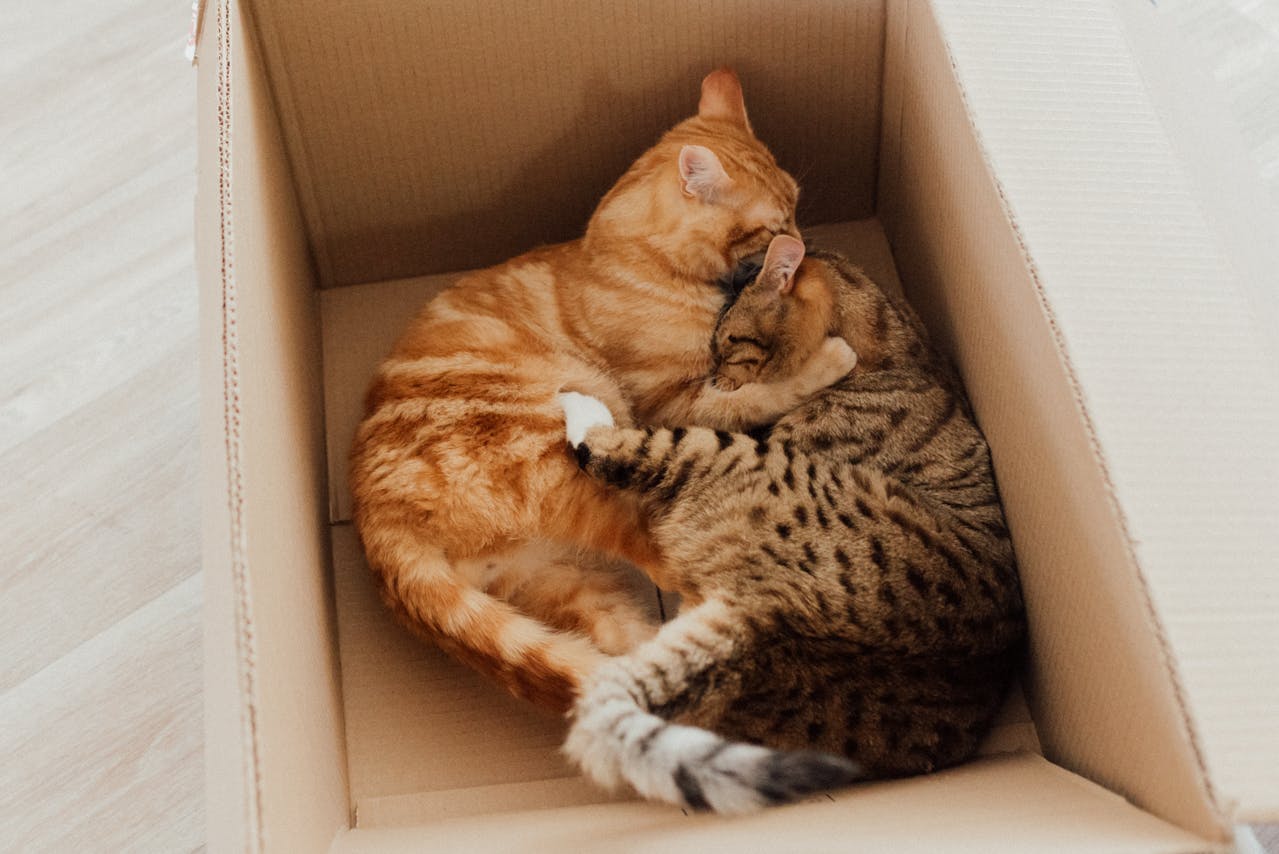
For many cats, boxes serve as an exciting playground. Their natural instinct to pounce, bat, and play is amplified when presented with a box. Cats often engage in playful behaviors, such as hiding in boxes and leaping out to surprise their owners or fellow pets. Boxes provide an excellent environment for interactive play, allowing cats to express their playful nature in a safe and contained space. This playful behavior not only reinforces their hunting instincts but also fosters a sense of enjoyment and enrichment in their daily lives.
6. Stress Relief and Anxiety Reduction
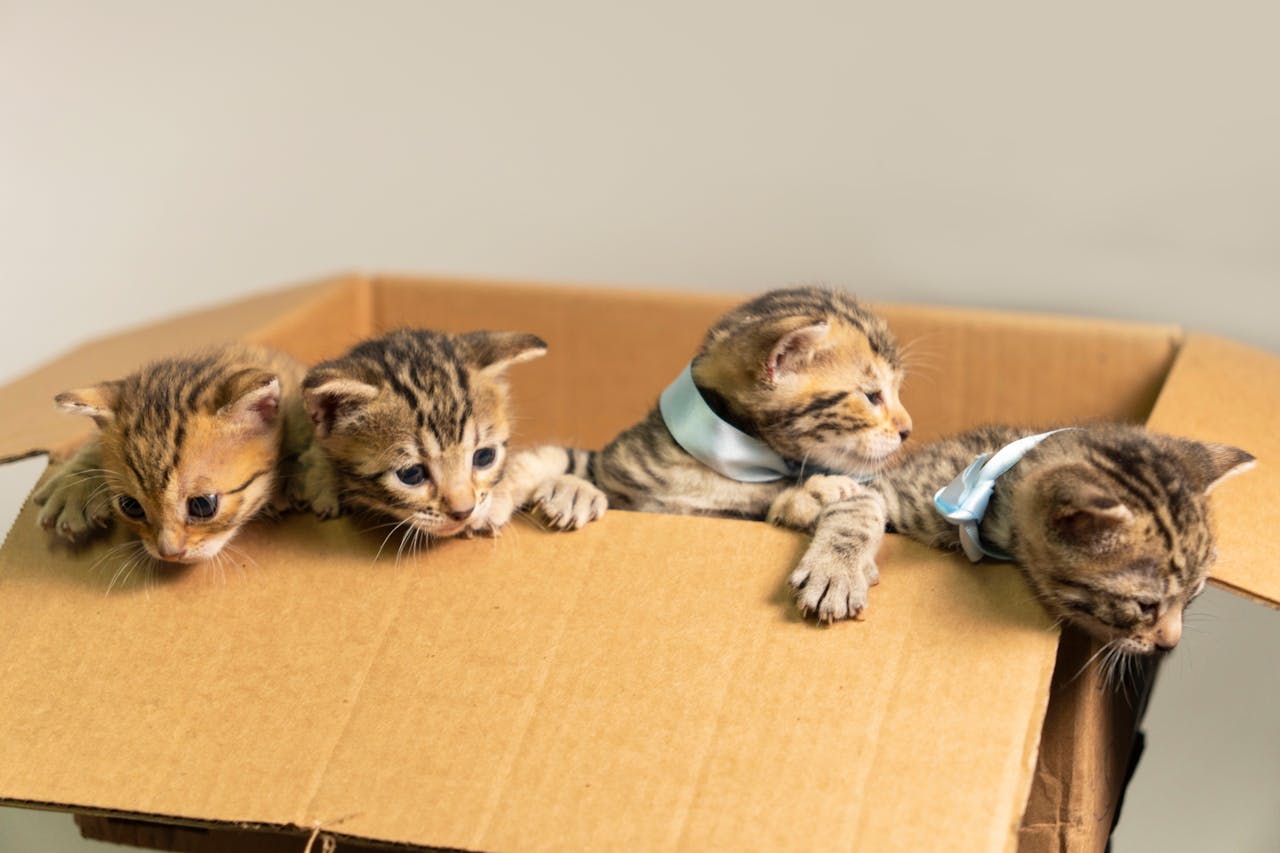
As mentioned earlier, boxes can provide comfort and security to cats. When cats feel anxious or stressed, they often seek out enclosed spaces where they can feel safe and protected. Research has shown that providing cats with hiding spots can significantly reduce stress-related behaviors. This is especially relevant in multi-pet households or during significant life changes, such as moving or introducing new animals. By offering a box as a refuge, owners can help their cats cope with stressors, promoting a calmer and more balanced state of mind.
7. The Role of Scent and Familiarity
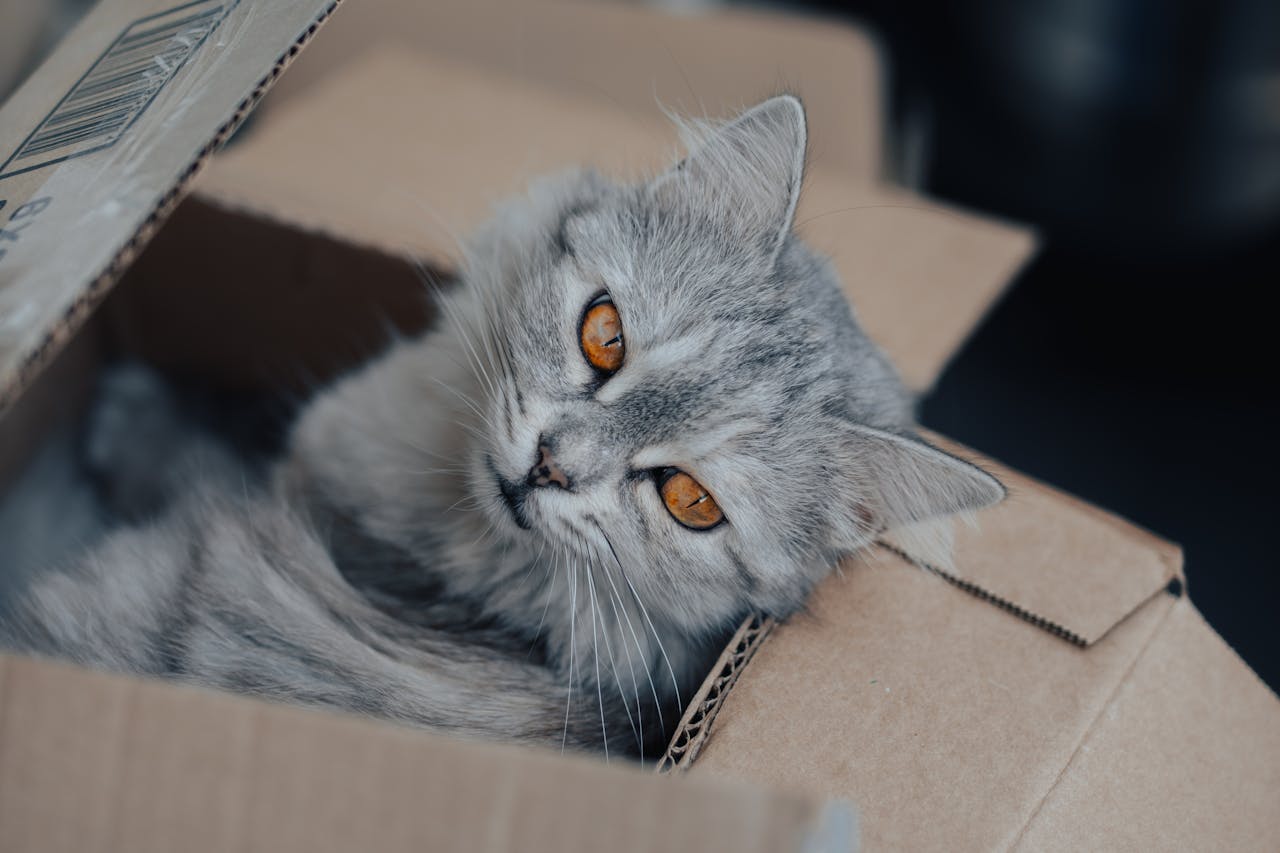
Cats have a highly developed sense of smell, and they use scent to navigate their world. When cats enter a box, they can leave their scent behind, marking it as their territory. This behavior is instinctual, as it helps them establish a sense of ownership over their environment. Familiar scents can also provide comfort; cats often prefer spaces that smell like them or their owners. Boxes can become a safe haven where they feel at ease, surrounded by familiar scents. This connection between scent and space reinforces their attachment to boxes as personal refuges.
Final Thoughts
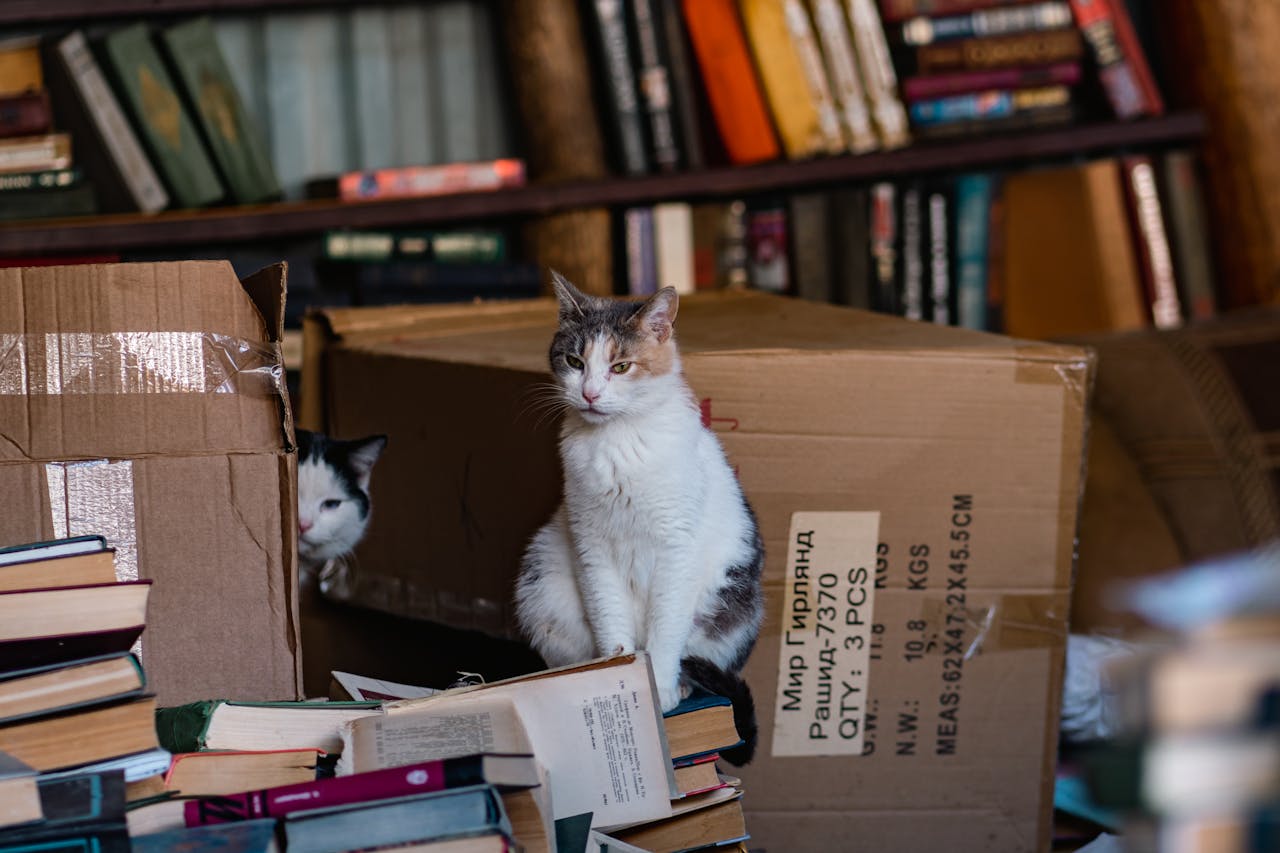
The phenomenon of cats loving boxes is a multifaceted behavior rooted in their evolutionary instincts and sensory preferences. From providing security and comfort to stimulating curiosity and playfulness, boxes serve various purposes that resonate with a cat’s natural tendencies. Understanding why cats are drawn to these simple objects can deepen our appreciation for their unique behaviors and enhance our ability to create enriching environments for them. By recognizing the importance of boxes in a cat’s life, we can better cater to their needs and foster happier, healthier feline companions. So, the next time you see your cat nestled in a box, remember that they are tapping into their instincts, seeking comfort, and enjoying a little bit of feline magic
Leave a Reply